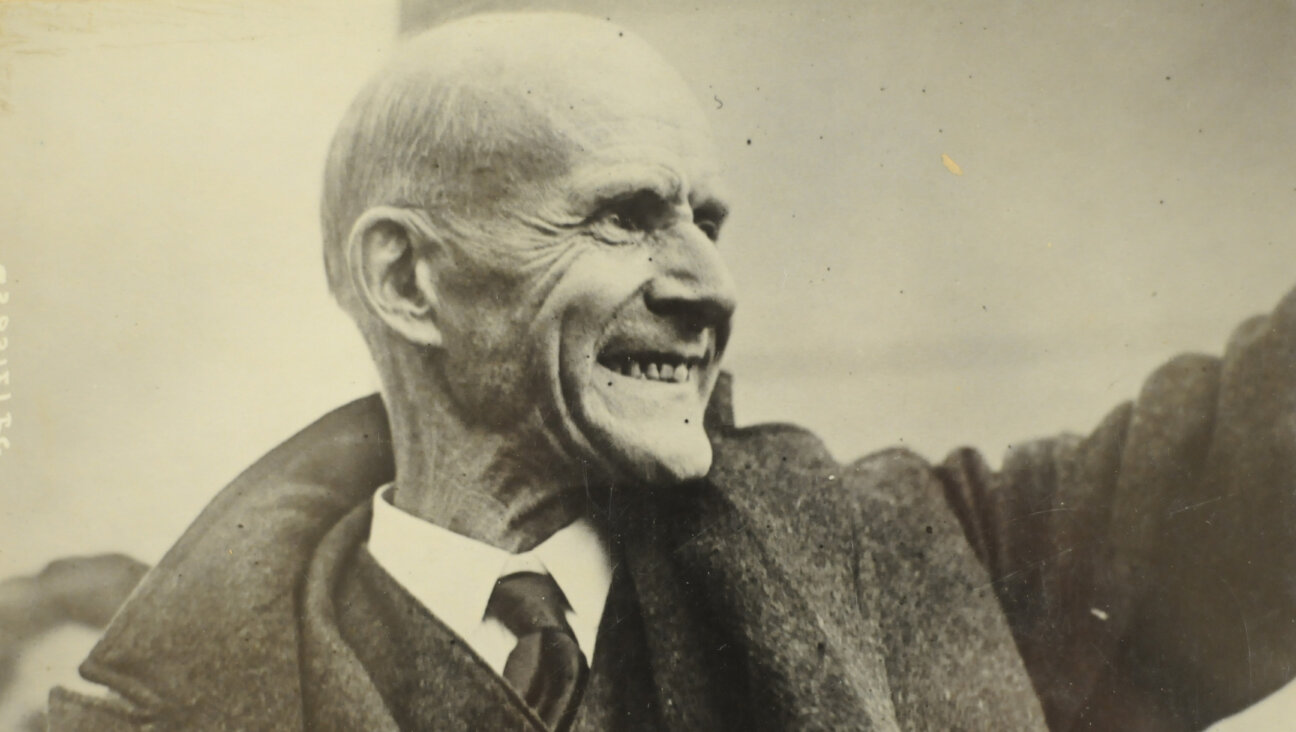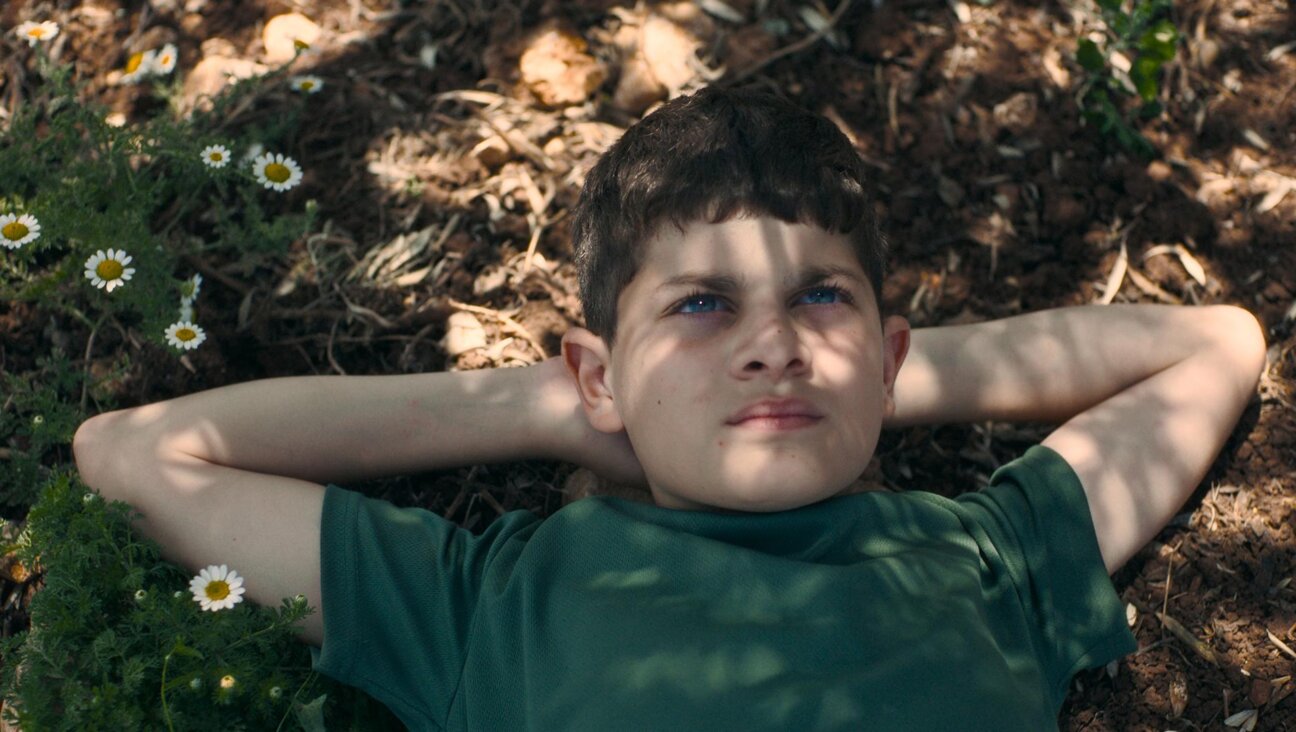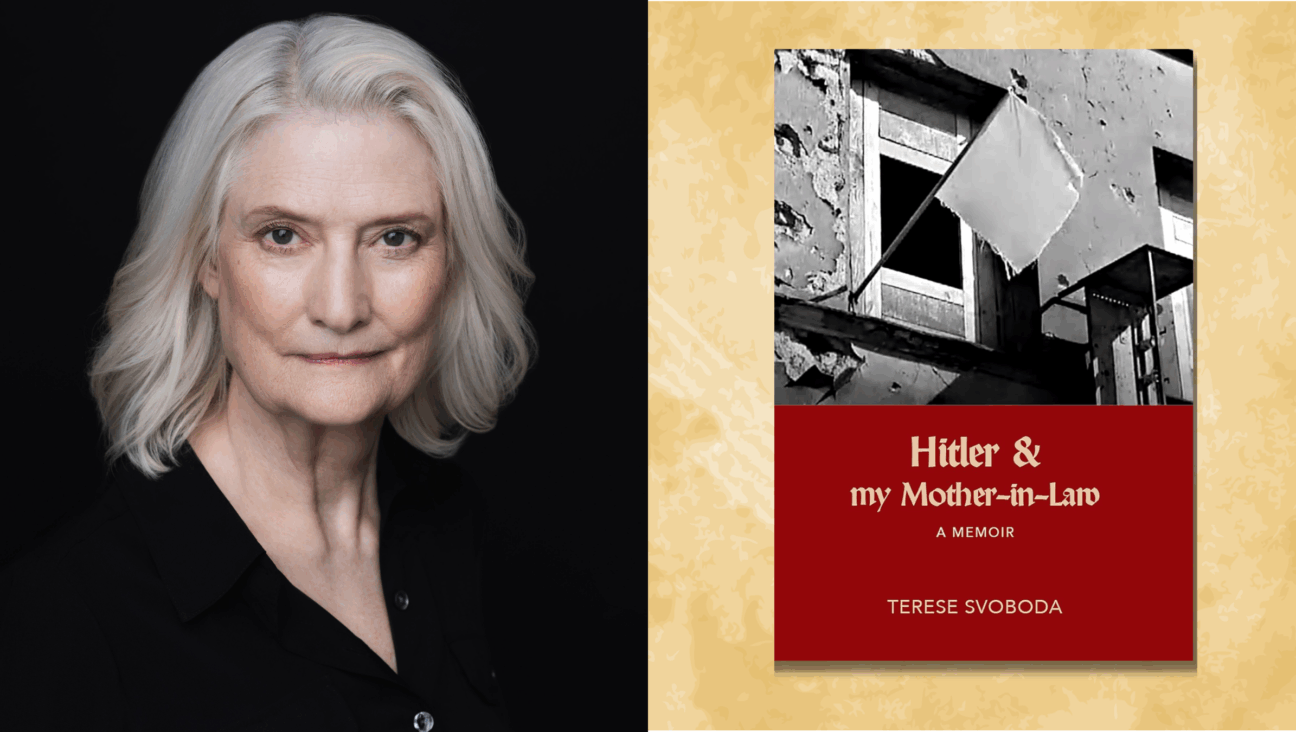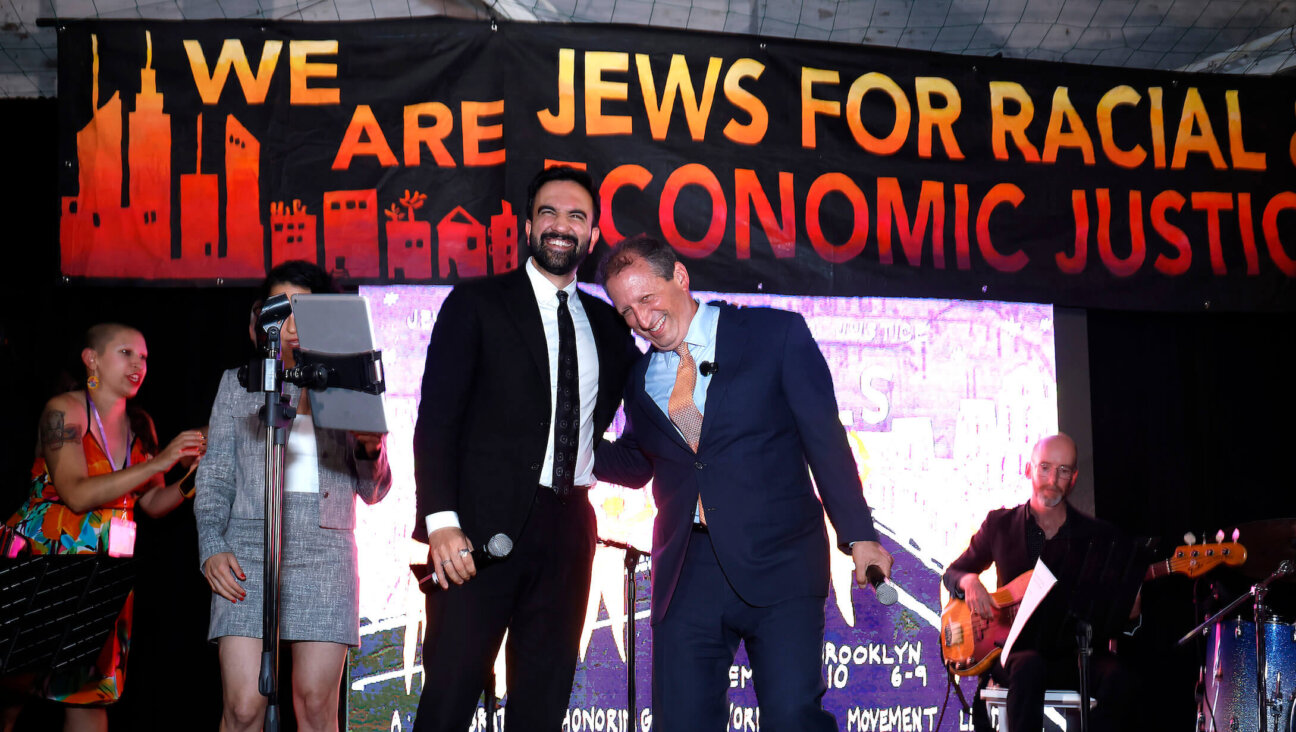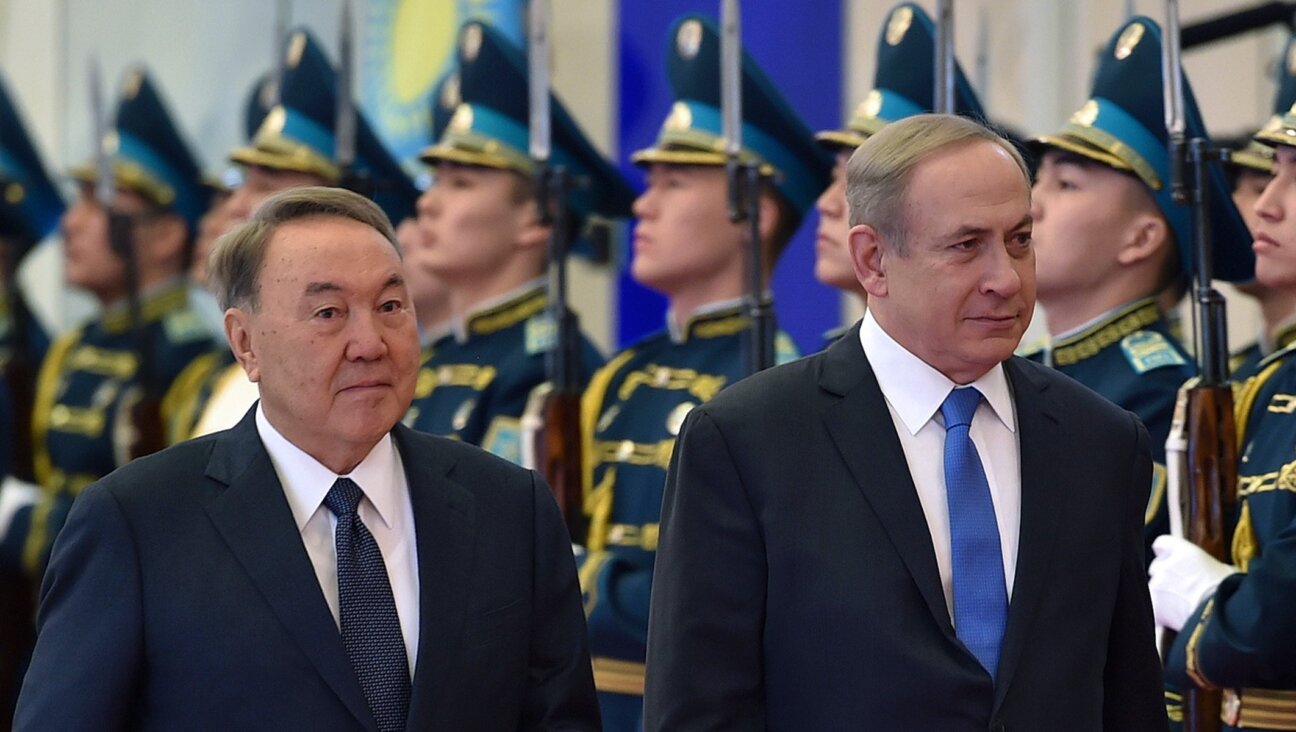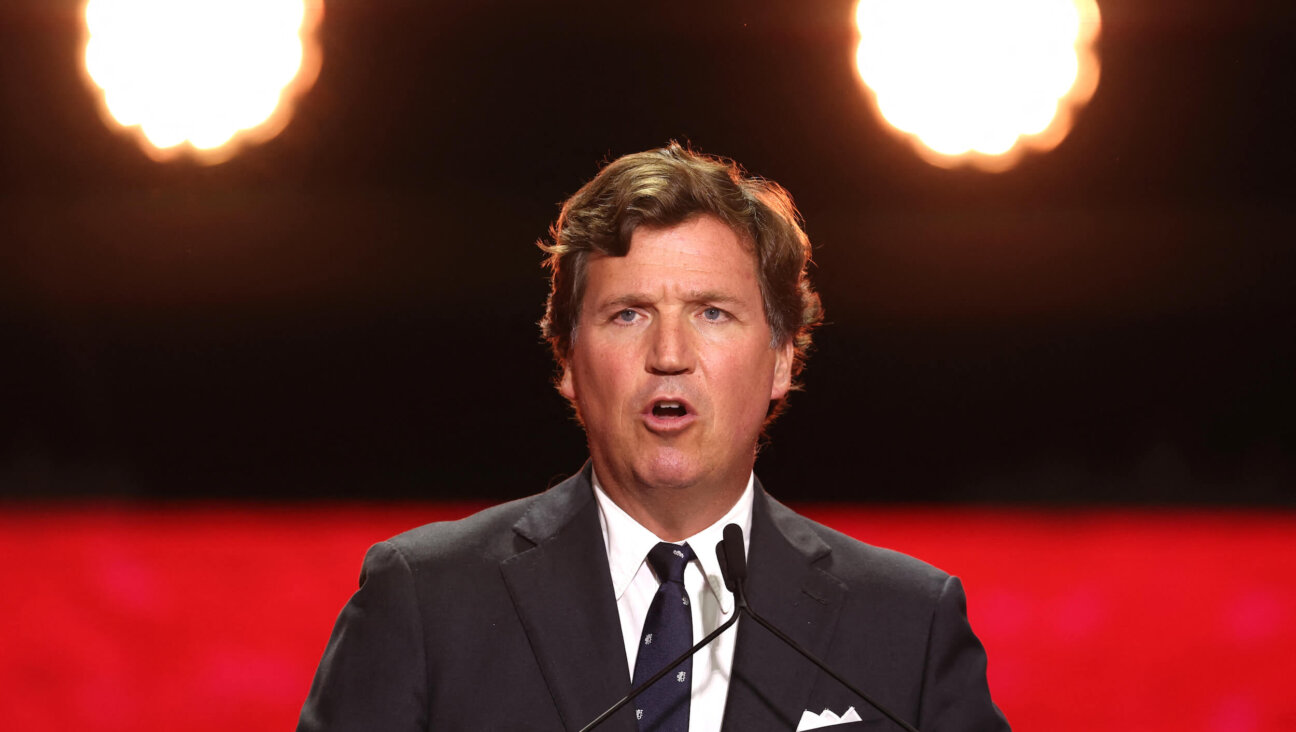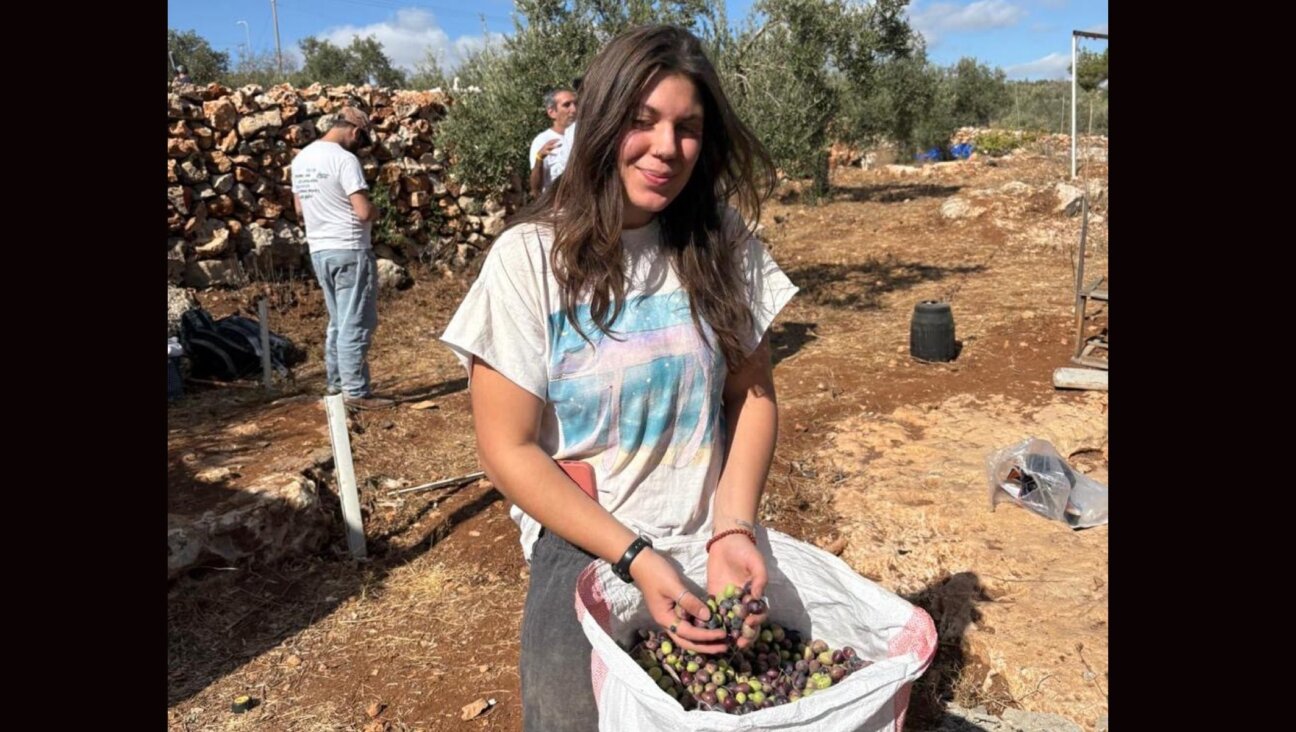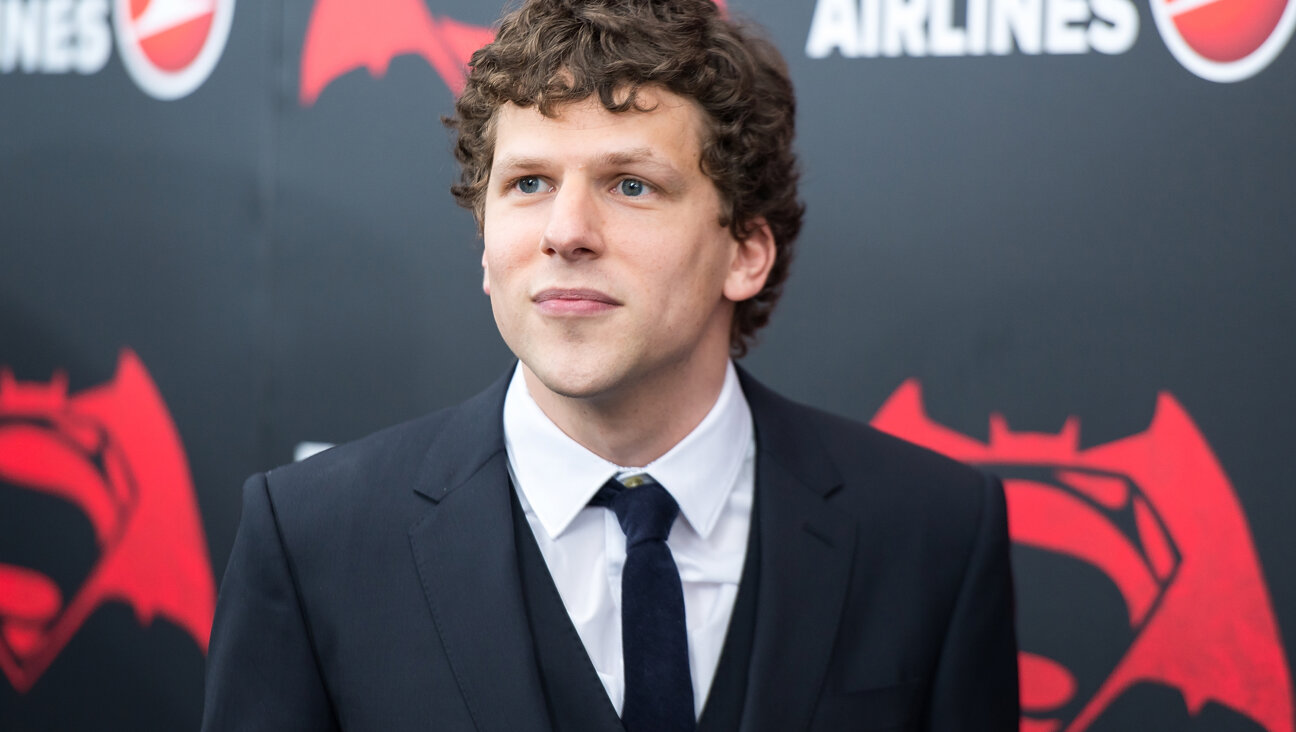Tevye, Today and Beyond
Earlier this year, an unidentified video clip made its virtual way around the world. The recording — which soon turned up on the Web site YouTube — shows professional actors in Tokyo rehearsing “Shikitari,” or “Tradition,” the opening number in “Fiddler on the Roof.” The clip typically arrived in my email inbox accompanied by a terse comment of amusement: LOL — Internet shorthand for “laughing out loud.” What was so hilarious? Nobody said, but the answer was implied: How funny to see Japanese people as shtetl Jews, circling around in Jerome Robbins’s famous choreography in their tzitzit and babushkas.
After “Fiddler” opened on Broadway some 40 years ago, it was re-created in a multitude of languages all over the world (there were 15 productions in Finland alone by 1971). In those days, the international embrace of “Fiddler” was a source of pride for American Jews, proof that the particulars of their history had universal resonance.
But today, many Jews who grew up with “Fiddler” want to clutch it possessively to their bosoms, like they would a family heirloom. Indeed, the skeptical reaction to the Japanese rehearsal video echoed the disparaging responses to the 2004 revival of “Fiddler” (discussed in these pages last week): Jewish critics were outraged that the play had a gentile director (David Leveaux) and star (Alfred Molina).
Such responses point to something extraordinary about the relationship between “Fiddler” and many of its Jewish American fans of a certain age, and to their surprisingly mixed feelings about the play’s status as an icon of American pop culture. And an exploration of this reveals how resilient a template of Jewish identity the play has become: While the 1970s generation tries vainly to ride it on to the wave of today’s Jewish hipsterism — with events like the “Fiddler” singalong at Miami’s Bet Shira Congregation, mentioned last week — young, culturally oriented Jews are creating new, edgier uses for the old blockbuster.
For many baby boomers, “Fiddler” represented “the closest we ever came to spiritual sustenance,” as Washington Post critic Peter Marks put it in his scathing review of the 2004 revival. As a result, many of these people have a huge stake in shoring up the popular musical as an ethnic touchstone; the less they have to hang their identity on, the more Jewish they need “Fiddler” to be. (That’s one reason they so warmly received Harvey Fierstein when he replaced Molina as Tevye: When it comes to the role of Jewish patriarch, gay beats goy, it seems.)
But again and again they find “Fiddler” going the way of all pop culture in the postmodern age: plucked from its context and sampled for novel purposes. Anyone within earshot of a radio or MTV last year no doubt heard Gwen Stefani’s transformation of “If I Were a Rich Man” into a reggae-tinged dancehall anthem of female independence. Meanwhile, Tevye graces a multitude of ethnically neutral tchotchkes: salt-and-pepper shakers, chess sets, even a chip-and-dip set. Such appropriation is common these days, and arguably even harmless. And yet it is clearly unsettling for those who rely on “Fiddler” as an icon of their communal belonging to find it denuded of what they recognize as markers of its Jewishness: “Fiddler” treated as neither particular nor universal, but generic.
This process mirrors the prickly, often creative, paradox of assimilation: how to be taken as thoroughly American and yet not be regarded as non-Jewish. Does filling Tevye’s chip-and-dip milk cart with, say, guacamole, cross the line?
The fortunes of “Fiddler” tell the ever-evolving story and stretch the ever-pliable limits of Jewish cultural adaptation in America. In the ’60s, the show almost immediately was seized as an ennobling emblem of Jewish heritage. At the height of the dispute over community control of the New York City public schools in 1968-68, for example, a drama teacher at a mostly black and Puerto Rican junior high in the Brownsville section of Brooklyn — where the policy debate erupted into an especially ugly black-Jewish clash — selected “Fiddler” as the spring musical. (The production was featured in an ABC documentary broadcast in August, 1969, “Black Fiddler: Prejudice and the American Negro.”) By the time the film was released in 1971, “Fiddler” could provide the framework for satirizing Jewish-American achievement and its attendant hypocrisies: The 1973 Mad magazine spoof, “Antenna on the Roof,” promised to update the “famous musical about the problems of people who had nothing” with a version “about the problems of people who have everything.”
At movie singalongs — the vogue started with “The Sound of Music” and “The Wizard of Oz” — the audience is invited to mimic, and talk back to, the action. At the “Fiddler” sing-along I attended in February, more than 200 Bet Shira members joined in the merriment. Children who take violin lessons fiddled along with the overture, and the babushka-clad sisterhood assembled near the screen to croon “Sabbath Prayer.” Twenty rubber chickzens were thrown into the air when Lazar Wolf, toasting Tzeitel and Motel, said, “I am giving the newlyweds five chickens.” And chocolate Hanukkah gelt got flung toward the ceiling during “If I Were a Rich Man.” Synagogue member Barry Blum kazatzked around playfully during the wedding dance scene with a plastic seltzer bottled glued to his felt top hat.
But some 90 minutes into the occasion, the air went out. The high spirits deflated. How could it be otherwise? A pogrom ends the first half of “Fiddler,” and (particularly in the film version) the second half grows bleaker and bleaker as Chava becomes “dead” to Tevye because she marries a gentile and Hodel departs for Siberia to join her revolutionary husband. Then the Anatevkans receive their expulsion edict and they pack up against a gray, desolate landscape in a pitiful scene that lasts nearly half an hour. The mirthful energy of a singalong cannot be sustained in the face of such darkness.
True, the Anschluss unsettles the von Trapps in “Sound of Music,” while the Wicked Witch of the West menaces Dorothy and her friends in “Wizard of Oz.” But those films follow age-old, ever-satisfying formulas: Thwarted lovers triumph, and the familial order is restored; heroes make it out of the woods and return home, wiser for the experience. The hokey reassurances of those common plot structures — along with a tendency toward excess (the outsized cheeriness of “Sound of Music”; the glittery innocence of “Wizard of Oz”) — lend themselves to the peculiar pleasures of the singalong. Such events, after all, are quintessentially campy.
Camp — as Susan Sontag defined it the very same year that “Fiddler” premiered on Broadway — emphasizes style over substance, distance over engagement. You can wink ironically while pouring your heart into “Climb Every Mountain” or pining for a place “Over the Rainbow.” But only up to a point can you enjoy such self-conscious wryness while departing for a place “Far From the Home I Love.” It’s not just that Chaim Topol’s tough Tevye offers little room for the patronizing affection inspired by a jolly Julie Andrews, or a guileless Judy Garland. “Fiddler” ultimately resists the parodic posture of the singalong because it is suffused with what Sontag identified as camp’s opposite: the other pioneering force of modern sensibility, “Jewish moral seriousness.”
Part of the genius of “Fiddler” is that it has performed the solemn task of commemorating the old country — indeed, creating a prevailing image of the Old Country — while exulting, implicitly, in the economic and social ascent of Jewish immigrants in the United States. Reveling in that success depends, in part, on contrasting it to a past that is bounded by poverty, piety and pogroms. Especially in the film version, in which Topol plays a rather humorless Tevye, pathos damps down the comic spirit.
Baby boomers who are attached to “Fiddler” respond deeply to this seriousness; indeed, for those with ever more attenuated ties to Jewish history and practice, the musical stands in for an ethnic past and even for religion. For these people, there’s nothing kitschy about Hanukkah menorahs and mezuza covers that feature figures from “Fiddler,” as they have imbued it with camp’s archenemy: authenticity.
Bet Shira advertised its singalong as “Not your father’s ‘Fiddler,’” perhaps in an attempt to attract the community’s youth to the event, and certainly to proclaim its coolness factor. Goofing on “Fiddler,” though, does not play in the same key as contemporary young Jews exploring their identities through culture. Many Gen-Yers never even saw “Fiddler,” and besides, they have no need to comment campily on such representations of the Old Country. In the four decades since the play’s premiere, the Yiddish music at which it could only hint has burst back into new life, in forms that embrace rock, reggae and hip hop. Hybrid cultural invention trumps identity politics. What kid would care if a gentile plays Tevye on Broadway?
Listen to the young Australian punk rockers Yidcore, who have covered all of “Fiddler” with assaulting chords and snarled delivery. Their “Fiddlin on Ya Roof” is humorous, but it’s no joke. It’s an aggressive tantrum that rejects sentimentality and unselfconsciously engages the darkness within.
In the 1960s, “Fiddler on the Roof” served as an engine of Jewish acculturation in America. For the next generation of assimilated Jews, it became a sacred repository of Jewishness itself. Today’s out-and-proud young cultural Jews aren’t trying to blend into any mainstream. In their rebellion-fueled explorations of Jewishness, they prefer to occupy the edge. And they are taking “Fiddler” out there with them.
Alisa Solomon directs the arts and culture concentration in the Master of Arts program at the Columbia School of Journalism and is working on a book about “Fiddler on the Roof.”

